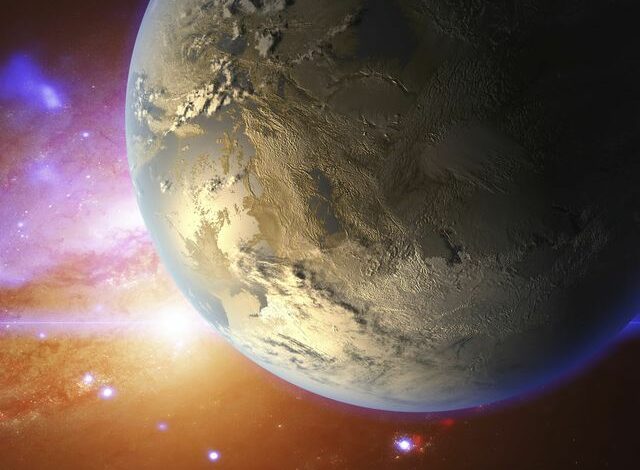Astronomers discover ‘super-Earth’ exoplanets that may be habitable

An international team of researchers and astronomers has discovered three potential “super-Earth” exoplanets orbiting a nearby orange dwarf star, according to a report from the University of St Andrews.
These exoplanets are located around Star HD 48948, which is approximately 55 light-years away from Earth. Their orbital periods are 7, 38, and 151 Earth days, respectively.
Significantly, the outermost exoplanet candidate lies within the habitable zone of its host star, where conditions might allow liquid water to exist without boiling or freezing. This area, often called the Goldilocks zone, is considered ideal for potentially supporting life.
Identified through the HARPS-N Rocky Planet Search program, these super-Earths have a mass greater than Earth’s but are considerably smaller than the Solar System’s ice giants, Uranus and Neptune.
This discovery marks a significant step forward in the exploration of planetary systems and the search for life beyond our solar system.





